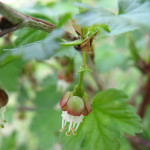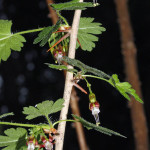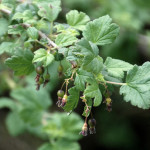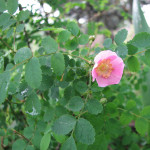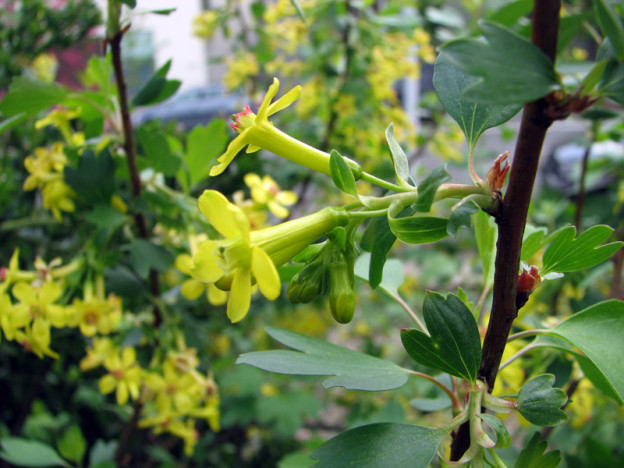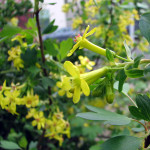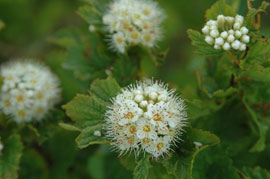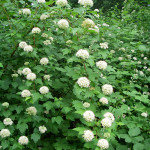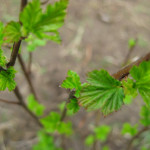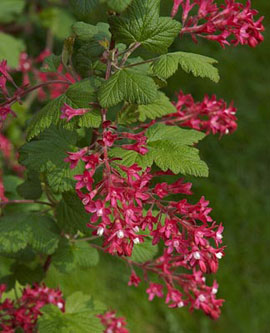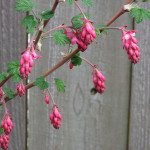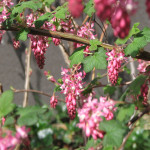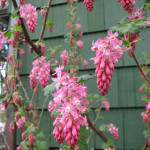Long-leaf Oregon Grape (Mahonia nervosa) is also commonly known as low or dull Oregon grape. It is a low-growing evergreen shrub, often wider than tall, that is great for filling in empty spaces and underneath taller shrubs, especially in combination with sword ferns and salal. It spreads gradually by underground runners.
This plant produces dense clusters of fragrant yellow flowers from early spring to early summer. They are not only a welcome splash of color, but also a very important source of early season nectar for many native bees and other small pollinators.
The sour berries are a favorite of birds and other wildlife. The foliage turns a deep red color in the cold or sun.
Light Requirements: Full shade to full sun
Water Requirements: Dry to moist
Ease of Growing: Easy to grow
Growth Rate: Moderate
Spreads: Yes
Wildlife Support: Pollinators, Pest-eating insects, Hummingbirds, Birds or Mammals
Mature Height: 2 feet
Mature Width: 2 feet


